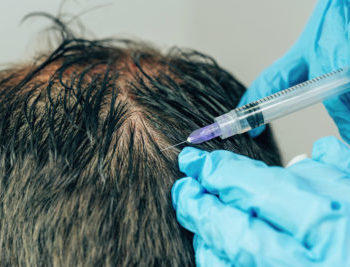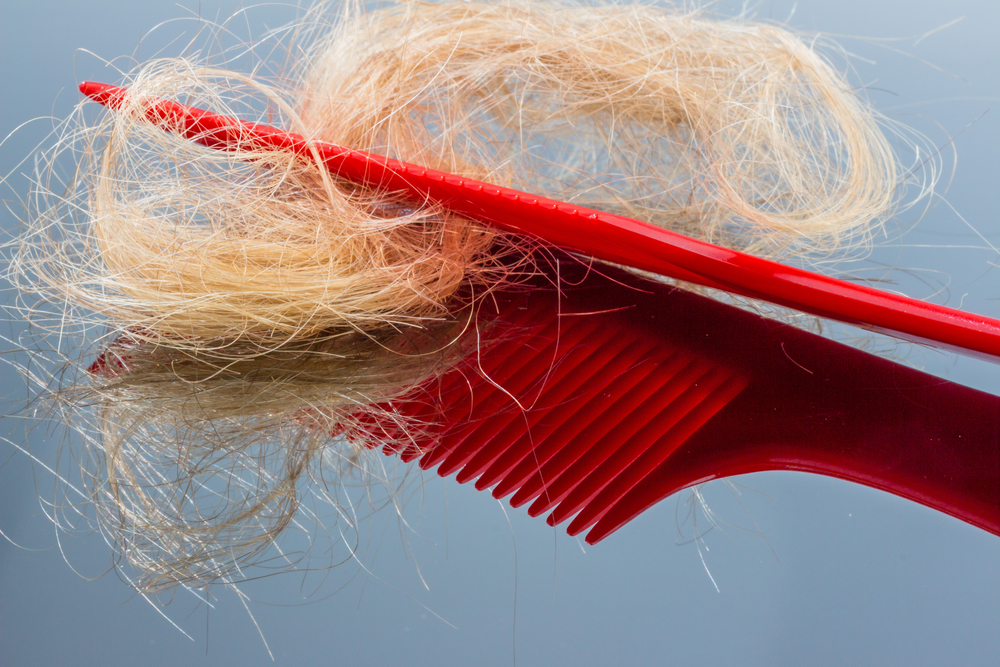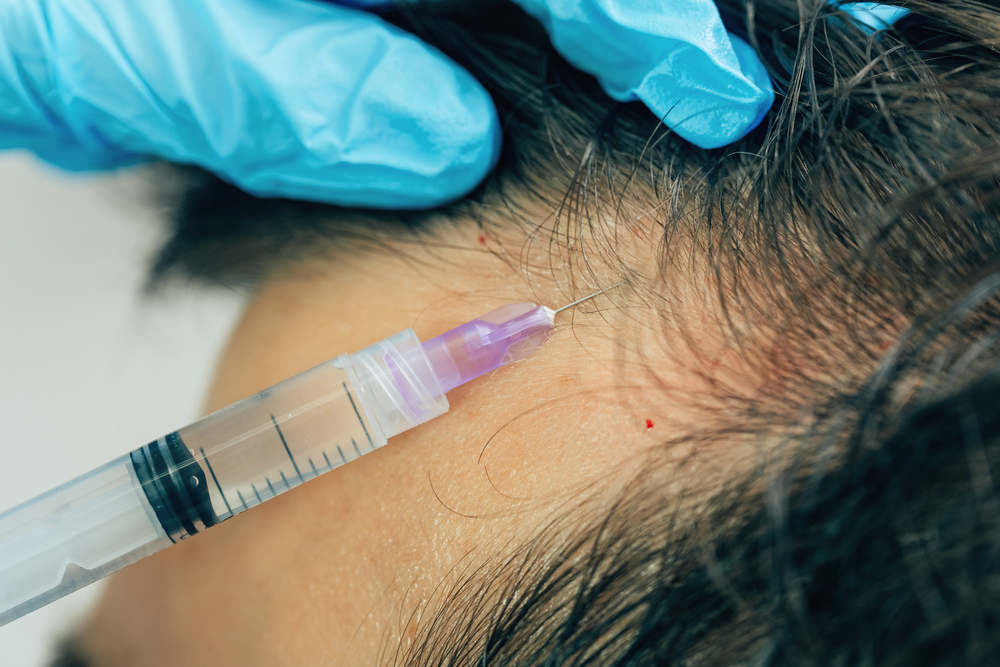I’ve had physical therapy many times in the past, and visited chiropractors and massage therapists, but the fact that this place combines all three into one location and appointment system is brilliant. The chiropractor himself is very gentle and understanding about my fibromyalgia, which not all chiropractors really understand.


 Many men and women suffer from hair thinning. Sometimes this is natural age-related hair thinning, sometimes it’s male or female pattern hair loss earlier in life and sometimes it’s something more frustrating, such as alopecia areata where the hair loss is unpredictable and often in patches.
Many men and women suffer from hair thinning. Sometimes this is natural age-related hair thinning, sometimes it’s male or female pattern hair loss earlier in life and sometimes it’s something more frustrating, such as alopecia areata where the hair loss is unpredictable and often in patches. We naturally produce, grow and lose hair throughout our lifetimes and across our entire body, except for our palms, our lips and the soles of our feet. This hair lifecycle is highly active and quick when we are younger, then slowing as we age.
We naturally produce, grow and lose hair throughout our lifetimes and across our entire body, except for our palms, our lips and the soles of our feet. This hair lifecycle is highly active and quick when we are younger, then slowing as we age. PRP treatments have several simple steps.
PRP treatments have several simple steps.